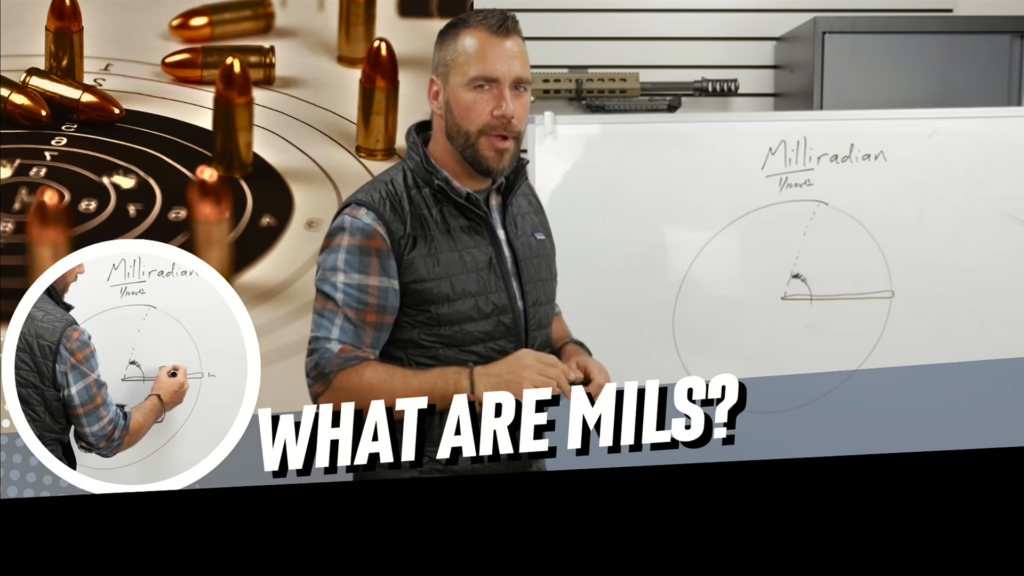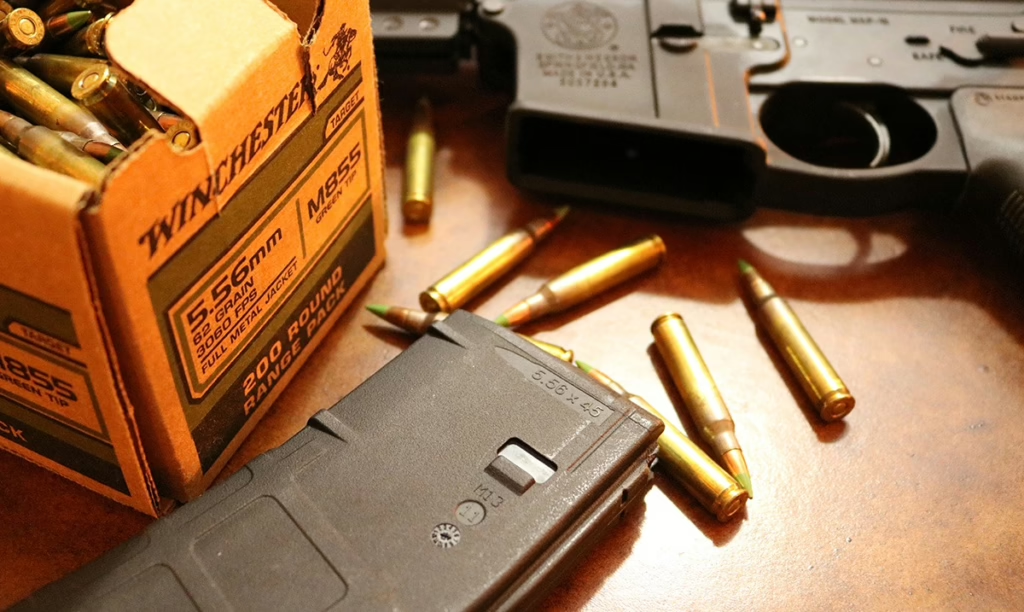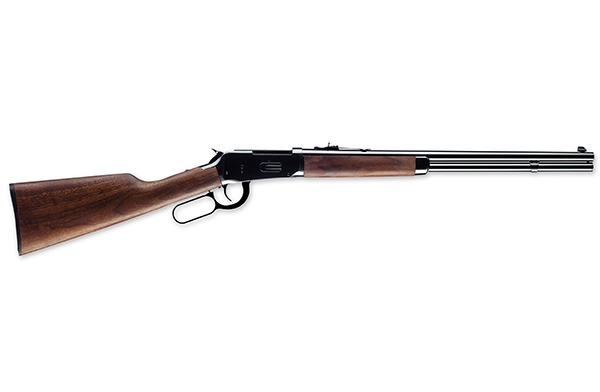
Winchester’s rifles are some of the most storied and beloved firearms to have ever graced the rifle range or field, and for good reason. Most in the know consider Winchester Repeating Arms is the company that “won the West” with rifles such as the Model 1866, 1873 and 1876. Then, along came a man by the name of John Moses Browning.
We first talked about John Browning in this article about the famous Colt 1911 pistol. John Browning was the father of many of our most famous rifles and pistols, and many more have key elements based on Browning’s numerous designs. As for legendary Winchester rifles, Browning was responsible for the Single Shot 1885, Model 1886 and Model 1892. However, in 1893, he outdid himself with a new Winchester model, the lever-action rifle that would become known as the Model ’94.
Pre- and Post-1964 Model ’94s
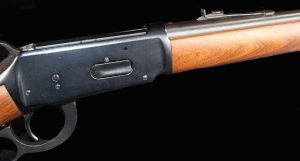
Loading is easily accomplished by feeding the rounds through the port on the right side of the rifle. To chamber a round, pull the lever completely open (finger off the trigger of course) and close it again.
When discussing the Winchester ’94, you’ll often hear of “pre-1964” Model ’94s with a certain reverence—and “post-1964s with a certain disdain. There is a bit of credence to this differentiation, though not perhaps not as much as some of the salespeople behind the counter would have you believe.
The pre-1964 Winchester ’94s feature graceful lines, fine walnut stocks and forearms and plenty of steel. The combination made it the best-selling sporting rifle of its day. However, the forged steel parts were expensive to make, and by the early 1960s, 70 years after its introduction, the Winchester ’94 was reaching a price beyond the means of the average hunter’s budget.
This left Winchester in a quandary. Its best-selling rifle was about to become unaffordable. The solution was to substitute a stamped sheet metal and roll pin design for those same parts that had long been made of forged steel. In addition, the steel buttplate was swapped for one made of plastic and the traditional bluing seen on the barrel and receiver was traded for a less durable finish.
The new models with their more inexpensive parts came off the production line in 1964. Downrange, the new models shot every bit as well as the pre-’64 models. Perhaps they were not as pretty, but they were said to shoot just as well—or so said Winchester’s factory representatives, anyway. Many consumers disagreed. Yet it wasn’t a debate about accuracy that caused the rifle’s reputation to take a hit, rather it was the sturdy construction, durability and fine lines that reduced the public’s clamor for the Model ’94—and made the pre-’64 models instant classics.
With the public clamoring for the oldies but goodies, Winchester made significant strides and improved the aesthetics of the post-196r Model ’94s during the following years. But while the Model ’94 did in fact regain much of its standing in the eyes of shooters and hunters, today the pre-’64s own the hearts of collectors and enthusiasts alike.
What to Shoot with a Winchester Model ’94 Today
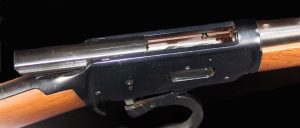
The Model 94 ejects the spent shells (or live rounds during unloading) from the top of the gun’s receiver.
So that’s the history. You will not find one thing wrong with today’s Model ’94, and it remains a very popular gun for hunting and plinking.
Since this was one of the guns that “won the West,” you also might think it would have a prominent place in the sport of Cowboy Action Shooting—but that’s not the case. Costumed competitors in this action-shooting sport accuse the Model 94’s long action of being too “clunky” and somewhat unrefined. Cowboy Action Shooting favor rifles with actions they can cycle fast enough to put 10 rounds on five targets in less than 10 seconds. That would be a tough task for most Model ’94s. Thus, while the ’94’saction and it’s .30-30 cartridge are well suited to a properly placed shot on medium-sized game such as deer, the same cannot be said of action shooting.
The Modern ’94
Today, Winchester sells the Model ’94 in four configurations and three different calibers including .30-30, .38-55 and .450 Marlin (the last is known as the Model 94 Trails End Takedown). The .30-30 is still the king of three calibers in which the rifle is offered and a fine choice for deer-sized game.

The Winchester Model ’94 is the world’s most popular lever-action rifle and is ideal for hunting in thick brush for deer, bear, wild hogs and other fast-moving game medium size game or predators.
What makes this handy rifle more popular than ever these days is its ability to wear a scope. Scopes were not a common accessory in the 1800s, when the rifle was first introduced. Browning designed the original Model ’94 to eject the fired cases out of the top of the rifle’s receiver and over the shooter’s shoulder. That was fine for its day, but pretty much precluded the use of a scope. Thank goodness invention is the mother of necessity. Today you can shop for an offset scope mount (also known as a “scout-type” mount. A scope mount of this configuration places the optic forward of the ejection port, over the barrel of the gun. Winchester also makes a Model 94 AE, the AE standing for “angle eject.” This configuration ejects the empty case out to the side of the gun, allowing the user to put a more conventional scope mount on the rifle.
Whichever Model ’94 you choose, you’ll be shouldering a piece of long gun history and own a rifle worthy of passing down to the next generation. The Winchester ’94 proved the perfect design for the USA’s first smallbore sporting rifle cartridge. Well over century later, that rifle in its famous .30-30 cartridge is still a favorite of thousands of shooters and hunters.



